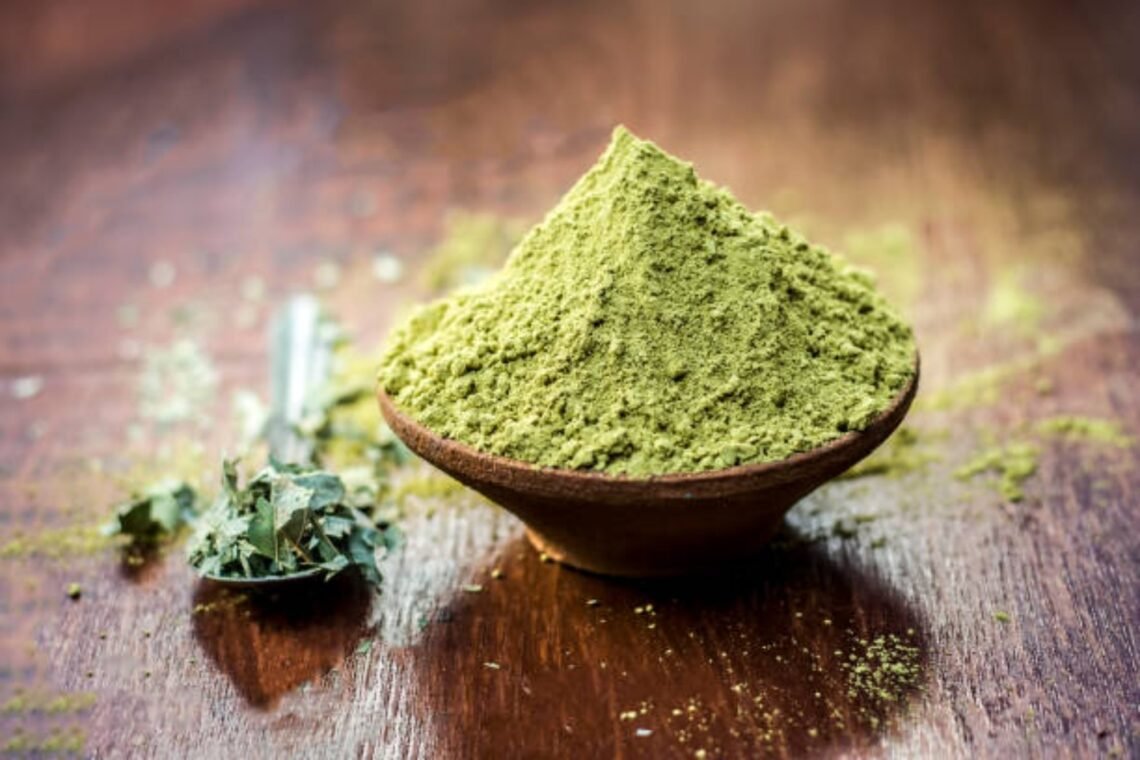For centuries, henna has been treasured for its ability to provide vibrant, lasting color without compromising on purity. Among traditional body art and natural hair care solutions, henna remains a cornerstone in beauty rituals across India and beyond. But what makes henna’s stain last longer than chemical counterparts? The answer lies in understanding the science of Natural Henna powder, its proper application, and the time-tested harvesting methods employed by expert artisans.
Natural henna is derived from the Lawsonia inermis plant, which grows abundantly in arid regions like Rajasthan, India. The key to achieving long-lasting color lies in the quality of the leaves, the fineness of the powder, and how well the dye molecule—lawsone—binds to the skin or hair. Trusted by generations, this tradition continues with companies like Marwari Mehandi Exporter, who are preserving and modernizing this heritage for global markets.
Factors That Affect the Longevity of Henna Color
Several factors contribute to how dark and durable a henna stain becomes. From harvest timing to drying conditions, each step plays a critical role in ensuring dye retention and strength.
- Leaf Maturity and Region: Henna leaves harvested at peak maturity in dry climates yield the highest dye content. Rajasthan’s extreme conditions make it an ideal location for growing premium henna.
- Processing and Sifting: Finer powders ensure better paste texture and deeper penetration into the skin. Triple-sifted formulations, like those offered in Indian BAQ Henna Powder, allow for a smooth paste that binds efficiently and evenly.
- Storage Conditions: Temperature and humidity control during storage preserve lawsone content. Premium packaging prevents moisture intrusion, which is vital for maintaining the quality of the powder.
Proper Application Enhances Color Retention
Applying henna might seem simple, but certain practices can dramatically affect the final color and its longevity.
- Prepping the Skin or Hair: Clean, oil-free surfaces allow the dye to bind more effectively. Washing with a gentle cleanser before applying the paste increases absorption.
- Fresh Paste Activation: The henna paste should be mixed 6–12 hours before application to allow dye release. Adding lemon juice or tea enhances this process.
- Time on the Skin or Hair: Leaving the paste on for 4–8 hours ensures deeper staining. The longer the exposure, the more intense and lasting the color.
- Aftercare: Avoiding water for at least 12 hours post-application and applying natural oils helps seal the stain and prevent early fading.
Understanding Henna Dye Release: A Natural Chemistry
What makes henna stain so powerfully? It’s the natural dye molecule, lawsone, which oxidizes and binds to keratin in the skin and hair. The dye is released when the powdered leaves are mixed with mildly acidic liquids. As it oxidizes, the color transitions from orange to a deep reddish-brown over 24–48 hours.
This slow transformation and lasting result have made henna a preferred choice for natural beauty enthusiasts. Reputable brands like those from India Henna Powder manufacturer ensure the powder you receive has optimal dye content and consistency to produce long-lasting effects.
The Cultural Connection: A Time-Honored Tradition
Henna is deeply embedded in Indian culture, especially among Marwari communities where it is part of celebratory rituals. Weddings, festivals, and important life events involve intricate mehandi designs that symbolize luck, joy, and transformation. Marwadi Mehandi stands out not just for tradition, but also for upholding uncompromised quality standards in modern exports.
These artisans have passed down specific techniques for drying, grinding, and storing henna—contributing to its global reputation as a reliable, plant-based dye. Their legacy is evident in every batch of henna that reaches users across continents.
Why Long-Lasting Henna Matters Today
Modern consumers are increasingly seeking clean, chemical-free alternatives to synthetic dyes. Long-lasting henna not only provides aesthetic benefits but also contributes to healthier skin and hair. Whether used for traditional body art or natural hair coloring, henna’s lasting color minimizes the need for frequent reapplications—saving time and reducing exposure to irritants.
Choosing natural over synthetic is also a lifestyle statement. Ethical sourcing, eco-conscious packaging, and cruelty-free products are all reasons why brands like Marwadi Mehandi are gaining global trust. Their commitment to delivering the finest Natural Henna powder positions them as leaders in the herbal beauty space.
Tips to Extend the Henna Stain Even Further
- Wrap or cover the applied area to retain body heat and moisture, which enhances dye absorption.
- Use natural aftercare like clove oil or coconut oil to nourish and protect the stain.
- Avoid chlorine, soap-based exfoliants, and harsh chemicals for a few days after application to prevent fading.
These simple yet effective steps, when combined with high-grade henna, can keep your body art or hair color vibrant for up to two weeks or more.
In conclusion, the secret to long-lasting henna color lies not just in the application, but in the origins of the plant, its careful processing, and the knowledge of skilled producers. The synergy between traditional expertise and modern hygiene standards ensures that each application delivers deep, rich color—naturally and safely.





